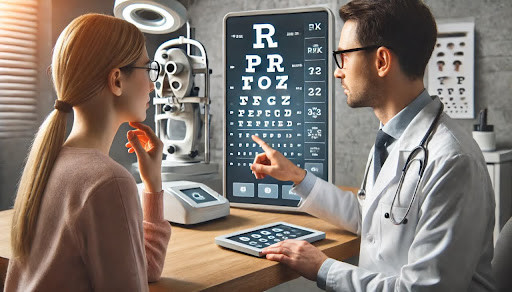When considering vision correction through laser eye surgery, most patients find themselves choosing between two popular options: PRK (Photorefractive Keratectomy) and LASIK (Laser-Assisted In Situ Keratomileusis). Both procedures snuseoul are designed to correct refractive vision problems like nearsightedness, farsightedness, and astigmatism, significantly reducing or eliminating the need for glasses or contact lenses. However, despite their common goal, these surgeries differ in approach, recovery time, and suitability depending on an individual’s eye health and lifestyle. Understanding the distinctions between PRK and LASIK can help you and your eye surgeon determine which procedure aligns best with your needs.

PRK was the first type of laser eye surgery developed and approved by the FDA in the late 1980s. It involves removing the thin outer layer of the cornea, known as the epithelium, before reshaping the underlying corneal tissue with a laser. Since the epithelium naturally regenerates, it grows back over the treated area within a few days. On the other hand, LASIK, introduced in the 1990s, involves creating a thin flap in the cornea, lifting it to reshape the underlying tissue with a laser, and then repositioning the flap. This key difference makes LASIK less invasive on the surface but more dependent on the flap’s integrity for healing and long-term success.
Recovery time is one of the most significant contrasts between the two procedures. LASIK patients typically experience rapid visual improvement, often seeing clearly within 24 to 48 hours after surgery. In contrast, PRK patients may need several days to a week to achieve functional vision, and full recovery can take several weeks due to the time needed for the epithelium to regenerate. Additionally, PRK patients are more likely to experience discomfort, light sensitivity, and blurry vision in the initial recovery days, whereas LASIK patients generally report only mild discomfort. Despite this, PRK offers long-term results comparable to LASIK once the healing process is complete.
Suitability for PRK or LASIK can depend heavily on the patient’s corneal thickness, lifestyle, and overall eye health. PRK is often recommended for individuals with thinner corneas or those engaged in high-contact sports, such as boxing or martial arts, where the LASIK flap could be dislodged by impact. Moreover, patients with certain pre-existing corneal conditions may be better candidates for PRK, as it avoids the complications associated with corneal flaps. LASIK, while excellent for many patients, may not be ideal for those with dry eye syndrome, as it can exacerbate symptoms. Additionally, individuals with very high prescriptions or irregular corneal shapes might be directed toward alternative procedures or PRK instead.
Risks and complications are possible with both PRK and LASIK, although they are rare. With PRK, the most common concerns include prolonged healing time, temporary haze, and night vision disturbances. LASIK carries risks associated with flap complications, such as dislocation or infection, as well as possible under-correction or over-correction. Both surgeries can lead to issues such as glare, halos, or dry eyes, though these typically improve over time. It’s crucial for prospective patients to undergo a comprehensive eye exam and consultation to evaluate these risks and determine candidacy based on individual factors and expectations.
Ultimately, the decision between PRK and LASIK is best made in collaboration with an experienced ophthalmologist who understands your lifestyle, vision goals, and ocular anatomy. While LASIK may appeal to those seeking a quicker recovery and immediate vision improvements, PRK remains a valuable and effective option for patients who may not qualify for LASIK due to structural or lifestyle considerations. Regardless of which procedure is chosen, both PRK and LASIK have transformed the lives of millions, offering the freedom of clear vision without dependency on corrective lenses.
